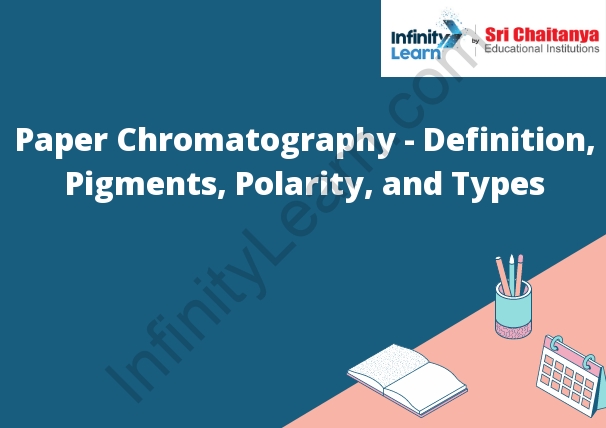Table of Contents
Paper Chromatography Definition
paper chromatography is a technique used to separate the components of a mixture by passing them through a thin sheet of paper. The components of the mixture travel at different speeds, so they are separated as they move down the paper.

Learn Method of Paper Chromatography and its Types
Paper chromatography is a technique used to separate the components of a mixture. The mixture is dissolved in a solvent and then spotted on a piece of filter paper. The paper is then placed in a glass jar or vial and the solvent is allowed to evaporate. The components of the mixture will then be deposited on the paper in the order in which they evaporate.
Paper Chromatography: Quick and Easy
Paper chromatography is a quick and easy way to separate the compounds in a sample. The sample is dissolved in a solvent, and the solution is then applied to a strip of chromatography paper. The paper is placed in a glass jar or vial, and the solvent is allowed to evaporate. The compounds in the sample will travel along the paper at different speeds, and they will be separated based on their solubility in the solvent. The compounds can then be identified by their color.
More About Paper Chromatography
A paper chromatography is a laboratory technique used to separate mixtures into their component parts. The mixture is dissolved in a solvent that will travel up the paper by capillary action. The components of the mixture will then separate out based on their differing affinities for the solvent and the paper. The component with the greatest affinity for the solvent will travel the furthest, and the component with the least affinity for the solvent will travel the shortest distance.
About Paper Chromatography Method
The paper chromatography method is a technique used to separate the components of a mixture. The mixture is dissolved in a solvent, which is then drawn up into the capillary of a tube. The tube is then placed in a jar of water and the water is drawn up into the capillary. The components of the mixture are then separated by the rate at which they move through the solvent.
Pigments and Polarity
Pigments are molecules that selectively absorb visible light. The polarity of a pigment molecule determines which end of the molecule will interact with light. Polar molecules have a positive and negative end, and nonpolar molecules do not have a specific end. In general, pigments that are more polar will interact with light more strongly than pigments that are less polar.
Types of Paper Chromatography
There are three types of paper chromatography:
- Adsorption chromatography
- Ion exchange chromatography
- Affinity chromatography
Join Infinity Learn to Learn Smartly
The Infinity Learn to Learn Smartly program is a 12-week online course that helps students learn how to learn more effectively. The course is designed to help students develop the skills they need to be successful in school and beyond. The course covers topics such as memory techniques, time management, goal setting, and test taking strategies. Students will also learn how to develop a learning plan and how to use technology to improve their learning. The course is taught by a team of experts in the field of education.









